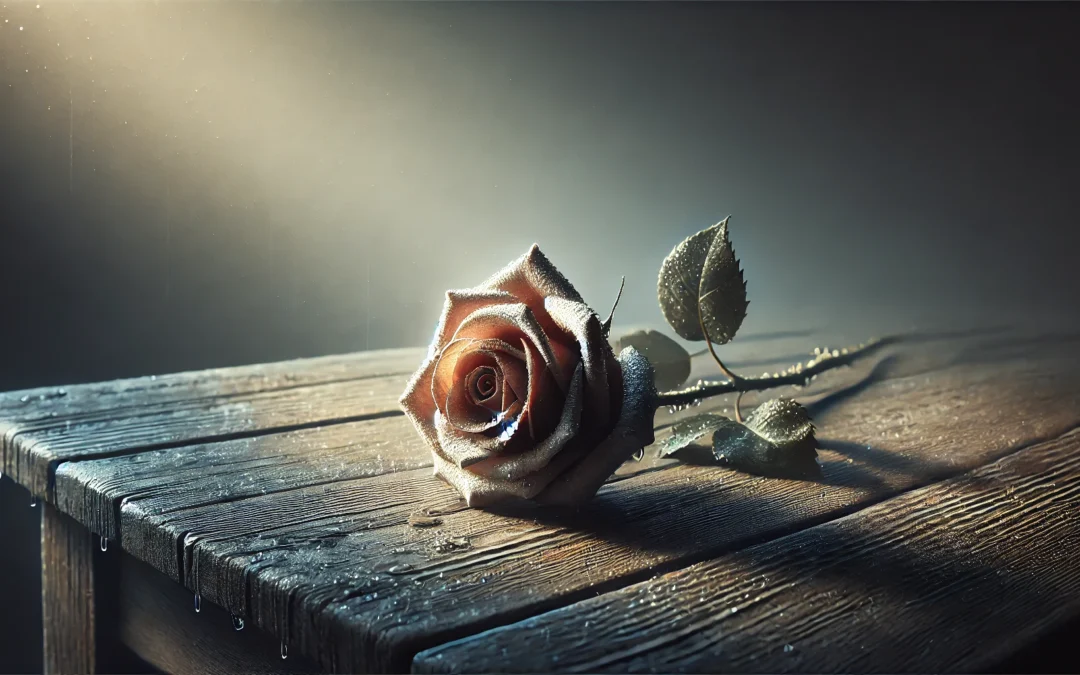Have you ever felt a wave of sadness wash over you while listening to a favorite song or watching a sunset? That feeling, often hard to describe, is what many people call melancholy. It’s a gentle, reflective kind of sadness that can be surprisingly comforting. Melancholy has been part of human experience for centuries, inspiring countless works of art, music, and literature. It’s not just about feeling down; it’s a deeper, more thoughtful emotion that can make us feel more connected to our inner selves.
In this article, we’ll explore 20 examples of melancholy, from everyday moments to famous artistic expressions. Whether it’s a rainy day that brings a sense of nostalgia or a painting that stirs a quiet longing, these examples show how melancholy can be both beautiful and profound. Understanding these moments can help us appreciate the richness of our emotions and the ways they shape our lives. So, let’s take a closer look at how this unique feeling weaves through our experiences, adding depth and meaning to the world around us.
What is Melancholy?
Melancholy is a profound state of sadness or gloom that can affect a person’s emotional and mental well-being. Unlike temporary feelings of sadness or disappointment that many people experience in response to specific events, melancholy is often more pervasive and enduring. It can manifest without a clear cause, leading individuals to feel a persistent sense of sorrow or unease. This emotional state can affect one’s outlook on life, diminishing interest in activities that were once enjoyable and creating a sense of detachment from the surrounding world.
Historically, the term “melancholy” has its roots in ancient medical theories, where it was believed to be caused by an excess of “black bile,” one of the four humors thought to govern human health and temperament. While this theory has been debunked, the concept of melancholy has persisted in literature, art, and psychology as a way to describe deep-seated emotional distress.
In contemporary terms, melancholy is often associated with conditions like depression, though it is not synonymous with clinical depression. While both share symptoms such as sadness, lack of energy, and withdrawal from social interactions, melancholy is more of a mood or temperament, whereas depression is a diagnosable mental health disorder that may require medical intervention.
The Best Examples of Melancholy
These 20 examples of melancholy capture the beauty and depth of this reflective emotion, offering insights into its presence in our everyday lives and artistic expressions.
1. Autumn Leaves Falling
The sight of autumn leaves drifting to the ground often evokes a sense of melancholy. Their vibrant colors, though beautiful, signal the end of summer and the approach of winter. This natural transition reflects the passage of time and the inevitable changes in life.
2. A Lonely Park Bench
A solitary park bench, especially during a quiet afternoon, can stir feelings of melancholy. It stands as a silent witness to countless stories, some joyful, others filled with longing. The emptiness around it highlights a sense of solitude and reflection.
3. An Old Photograph
Holding an old photograph in your hands can bring about a wave of melancholy. The captured moment, frozen in time, reminds us of people and places that may no longer be part of our present. It evokes nostalgia and a bittersweet longing for what once was.
4. A Rainy Day
Rain pattering against the window often creates a melancholic mood. The gray skies and the rhythmic sound of raindrops can make one feel introspective. It’s a perfect backdrop for contemplating life’s ups and downs.
5. A Forgotten Song
Hearing a song from the past can trigger a melancholic response. The melody and lyrics might remind you of a specific time or person, stirring emotions that were long buried. Music has a powerful way of connecting us to our memories.
6. A Deserted Playground
A playground devoid of children can be a poignant symbol of melancholy. The swings and slides, usually filled with laughter, now stand still. This contrast between potential joy and current emptiness can evoke a deep sense of wistfulness.
7. An Empty Theater
Walking into an empty theater can be an intensely melancholic experience. The rows of seats, once filled with eager audiences, now sit in silence. This emptiness can remind us of performances and gatherings that have passed.
8. A Withered Flower
A withered flower, once vibrant and full of life, is a natural representation of melancholy. It symbolizes the fleeting nature of beauty and life itself. This transformation can prompt reflection on the cycle of life and loss.
9. A Distant Lighthouse
A lighthouse standing alone against the vast sea is a classic image of melancholy. Its purpose is to guide, yet it remains isolated. This solitary figure can evoke feelings of longing and contemplation about one’s own journey.
10. A Silent Street at Dusk
A street that lies silent at dusk can be steeped in melancholy. The fading light casts long shadows, and the quietness can feel both peaceful and haunting. This moment captures the transition from day to night, symbolizing endings and new beginnings.
11. An Abandoned House
An old, abandoned house, with its creaky floors and dusty windows, exudes a profound sense of melancholy. Once a place of warmth and laughter, it now stands as a testament to time’s passage. The peeling wallpaper and cobwebbed corners whisper stories of lives once lived within its walls.
12. A Train Departing
Watching a train pull away from the platform can evoke a melancholic feeling. As it disappears into the distance, it takes with it the anticipation of new journeys and the sadness of farewells. The sound of the train whistle lingers, a reminder of separation and change.
13. An Unfinished Letter
An unfinished letter, with words cut off mid-thought, can be a poignant symbol of melancholy. It represents conversations never completed, emotions left unexpressed. The paper, yellowed with age, holds a sense of longing and the fragility of human connection.
14. A Faded Mural
A mural, once vibrant and full of life, now faded and chipped, tells a tale of melancholy. The artwork, a shadow of its former self, reflects the impact of time and neglect. This visual decay can evoke a sense of nostalgia for the stories it once vividly told.
15. A Sleeping City
A city in the early hours of dawn, before the bustle of the day begins, carries a melancholic atmosphere. Streets are empty, lights flicker, and a soft stillness blankets the urban landscape. This quiet moment captures a rare pause in the relentless pace of city life.
16. An Empty Classroom
An empty classroom, with rows of vacant desks, can stir feelings of melancholy. The chalkboard stands ready, yet no voices fill the air. This absence of students and teachers highlights the passage of time, echoing the learning and laughter that once filled the space.
17. A Wilted Bouquet
A bouquet of flowers, once fresh and fragrant, now wilted and dry, embodies melancholy. It serves as a reminder of celebrations past, of moments cherished. The drooping petals and faded colors speak to the impermanence of joy and beauty.
18. A Crumbling Bridge
A bridge, slowly succumbing to the elements, is a powerful image of melancholy. Once a vital link between places, its deterioration mirrors the fragility of human endeavors. The rust and decay tell a story of forgotten connections and lost pathways.
19. A Silent Piano
A piano, sitting silently in a dimly lit room, evokes a deep sense of melancholy. Its keys, untouched, hold the potential for music, yet the silence is profound. This absence of sound can evoke memories of melodies and emotions that have long since faded.
20. A Fading Sunset
The last rays of a sunset, as they slowly disappear beyond the horizon, cast a melancholic glow. The sky shifts from vibrant hues to muted tones, signaling the end of another day. This transition captures the beauty and sadness of moments slipping away.
More Examples of Melancholy
- A childhood toy stored in an attic.
- An old, unworn wedding dress hanging in a closet.
- The sound of a ticking clock in an empty room.
- A closed bookstore with dusty shelves.
- A handwritten diary entry from years ago.
- The sound of a piano playing faintly through an open window.
- A single candle flickering in the dark.
- The sound of wind rustling through bare branches.
- A fading postcard from a long-forgotten trip.
- The faint glow of a burned-out streetlight on a quiet night.
- A stack of unopened letters tied with ribbon.
- A photo album left untouched for years.
- A crumpled ticket stub from a past concert.
- The sight of footprints in the sand slowly being washed away.
- A solitary bird perched on a rooftop at dawn.
- The smell of a familiar perfume or cologne from the past.
- An unfinished jigsaw puzzle left on a table.
- A forgotten childhood drawing tucked in a drawer.
- A snow-covered bench in a silent park.
- A distant train horn echoing through the night.
The Historical Perspective of Melancholy
Melancholy has intrigued humanity for centuries, shaping how we understand emotions and mental well-being. Its origins as a concept trace back to ancient Greece and Rome, where it was closely tied to the medical theory of humorism. This theory proposed that human moods and health were influenced by the balance of four bodily fluids or “humors”: blood, phlegm, yellow bile, and black bile. An excess of black bile was believed to cause a melancholic temperament, leading to feelings of sadness and withdrawal.
Prominent ancient thinkers like Hippocrates and Galen viewed melancholy not only as a medical condition but also as a personality trait. These early interpretations often linked it to a thoughtful, introspective nature. This perspective laid the foundation for how we perceive melancholy as more than just a fleeting mood – it’s an emotional state with depth and complexity.
During the Renaissance, melancholy took on new meaning and cultural significance. It became a symbol of intellectual and artistic reflection. Writers, philosophers, and painters of the time often depicted melancholy as a sign of deep thought or genius. Robert Burton’s seminal work, The Anatomy of Melancholy (1621), explored the subject in remarkable detail. Burton examined its causes, symptoms, and even remedies, offering insights that are still referenced today. His work underscores how melancholy has long been seen as a mix of emotional struggle and creative inspiration.
In art and literature, melancholy became a recurring theme. Renaissance artists such as Albrecht Dürer famously captured it in works like Melancholia I, portraying a brooding figure surrounded by symbols of intellect and contemplation. These depictions reinforced the idea that melancholy, though tied to sadness, could also inspire profound creativity and thought.
The evolution of melancholy continued into the Romantic period, where it was celebrated as a cornerstone of emotional depth and sensitivity. Poets like Lord Byron and John Keats often wove melancholy into their works, portraying it as an essential part of the human experience. Their writings highlighted the beauty found in sorrow and the connection between emotion and art.
Today, looking at melancholy through its historical lens helps us appreciate its enduring influence. What was once explained by black bile is now understood as part of the emotional spectrum, contributing to modern conversations about mental health. By examining its history, we see how our understanding of emotions has grown, blending ancient wisdom with contemporary insights.
The story of melancholy is a reminder that emotions are not just personal – they’re deeply embedded in culture and history.
Melancholy in Modern Psychology
In the context of modern psychology, melancholy is often associated with depression, though it can also refer to a broader emotional state characterized by deep, reflective sadness. Unlike clinical depression, which is a diagnosable mental health disorder, melancholy can be a temporary emotional state that many people experience at different points in their lives. Psychologists study melancholy to understand its triggers, its effects on behavior, and its role in the human experience.
Factors such as life events, personal losses, or even changes in seasons can induce feelings of melancholy. While it is generally seen as a negative emotion, some psychologists argue that experiencing melancholy can lead to personal growth and a deeper understanding of oneself. It encourages introspection and can foster creativity, as it often does for artists and writers. In therapeutic settings, acknowledging and exploring feelings of melancholy can be an important step in emotional healing. Techniques such as cognitive-behavioral therapy (CBT) are often used to help individuals manage and redirect these feelings. Understanding melancholy in modern psychology provides insight into how emotions affect mental health and can lead to more effective coping strategies.
Melancholy in Art and Literature
Melancholy has long been a muse for artists and writers. Its deep, reflective nature provides a rich canvas for creative expression. In literature, authors like Edgar Allan Poe and Emily Dickinson have explored themes of sadness and introspection, crafting works that resonate with readers seeking to understand their own feelings. Art, too, paints a vivid picture of melancholy. Think of Edvard Munch’s “The Scream” or Van Gogh’s “Starry Night.” These pieces capture the emotional depth and complexity of melancholy, resonating across generations. People search for these works not just to admire but to feel understood. The portrayal of melancholy in art and literature isn’t just about sadness; it’s about connection. This connection helps individuals feel less isolated in their own experiences.
Melancholy and Mental Health Awareness
In recent years, there’s been a growing focus on mental health awareness. Melancholy, often associated with depression, plays a significant role in this conversation. Understanding melancholy can help people identify when they might need support. It’s crucial to differentiate between temporary feelings of sadness and clinical depression. While melancholy can be a normal part of the human experience, persistent feelings might require professional help. Mental health campaigns often emphasize the importance of recognizing these signs early. They encourage open conversations about emotions, reducing stigma. This awareness can lead to better support systems and resources. People are increasingly searching for ways to manage their mental health, looking for tips, strategies, and support networks. Acknowledging melancholy as part of this dialogue is vital.
The Most Popular on BitGlint

20 Examples of Secondary Consumers in the Food Chain
Secondary consumers are animals that eat other animals—usually herbivores that feed on plants. They’re an important...

Treating People as Individual: 20 Examples & Meaning
Every person is unique. We all have different experiences, opinions, strengths, and struggles. Yet, in many...
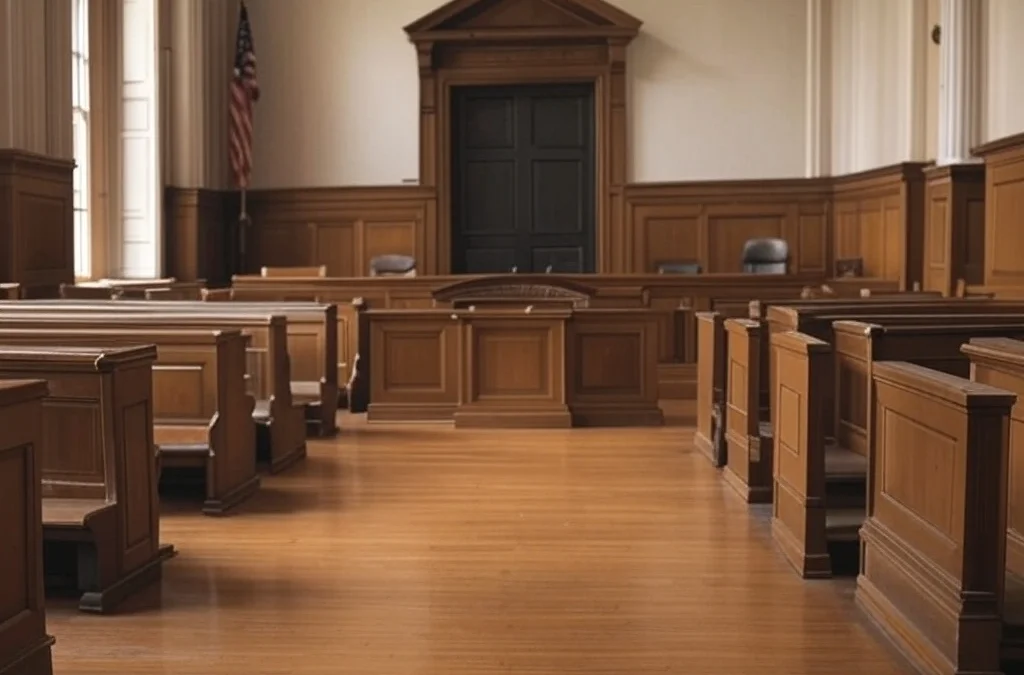
30 Moral Reasoning Examples & Definition
Moral reasoning is something most people use every day, often without even realizing it. It’s the thought process...

50 Examples of Square Things
Square things are part of everyday life, even if we don’t always think about them. From objects we use at home to...
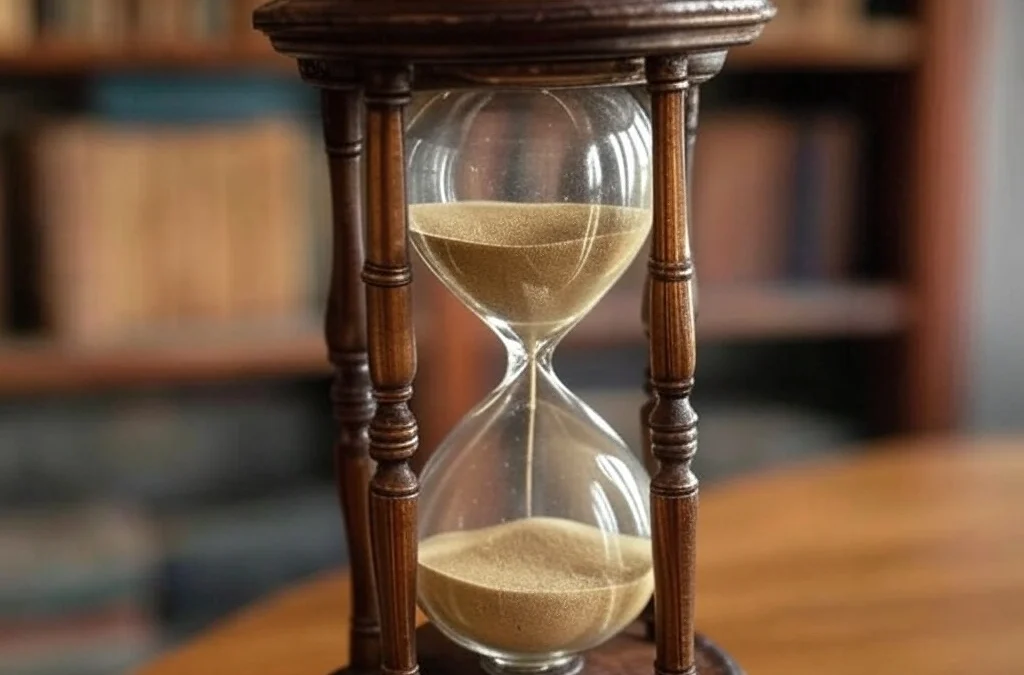
20 Chronology Examples & Meaning
Chronology is something we use more than we realize. It shows up in conversations, in how we remember the past, and in...

50 Contrast Examples in Life, Art & Literature
We notice contrast all the time, even if we don’t think about it. It's there when the sky shifts from light to dark....
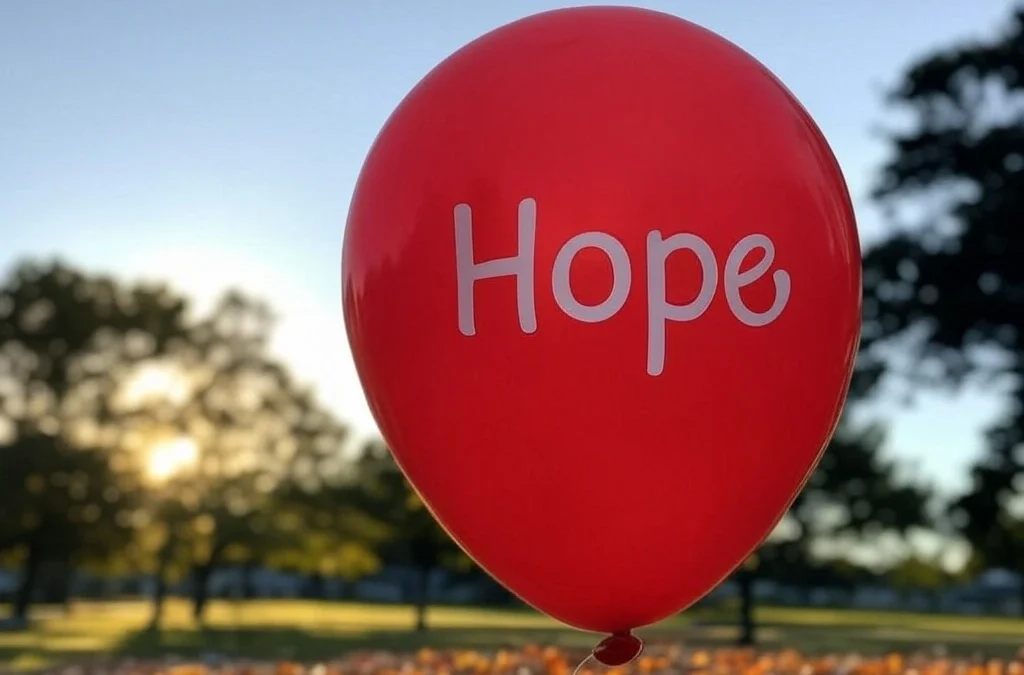
30 Wishful Thinking Examples & Meaning
Wishful thinking is something we all do at some point. You hope things will turn out fine—even if there’s no real...
Get Inspired with BitGlint
The Latest
Top 100 Things That Are Important
Everyone has their own perspective on what's most important in life. While priorities might differ from one person to another, certain things consistently rank highly across cultures, ages, and experiences. This article lists the top 100 things that many people find...
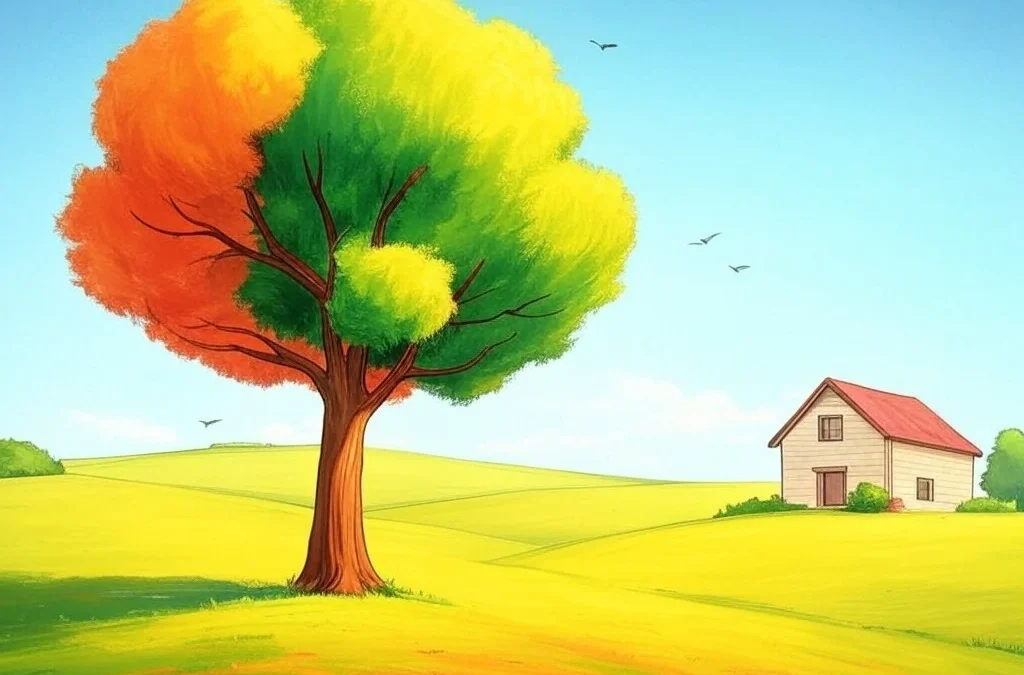
30 Oversimplification Examples & What it Means
Oversimplification is everywhere. You've probably encountered it many times - on social media, in casual conversations, and even in the news. But what exactly is oversimplification, and why should you care? Simply put, oversimplification happens when complex issues...
20 Examples of Gravity & What Gravity Really Is
Gravity is one of the most important forces in the universe, but many people don’t fully understand what it really is or how it works. We all experience gravity every day - when we walk, when something drops, or when we simply sit in a chair. But there’s much more to...
20 Selflessness Examples & Definition
Imagine you're in line at a coffee shop, and the person in front of you pays for your drink. It’s a small act, but it brightens your day, and maybe you feel inspired to do something kind for someone else. These little moments of selflessness are more powerful than...

